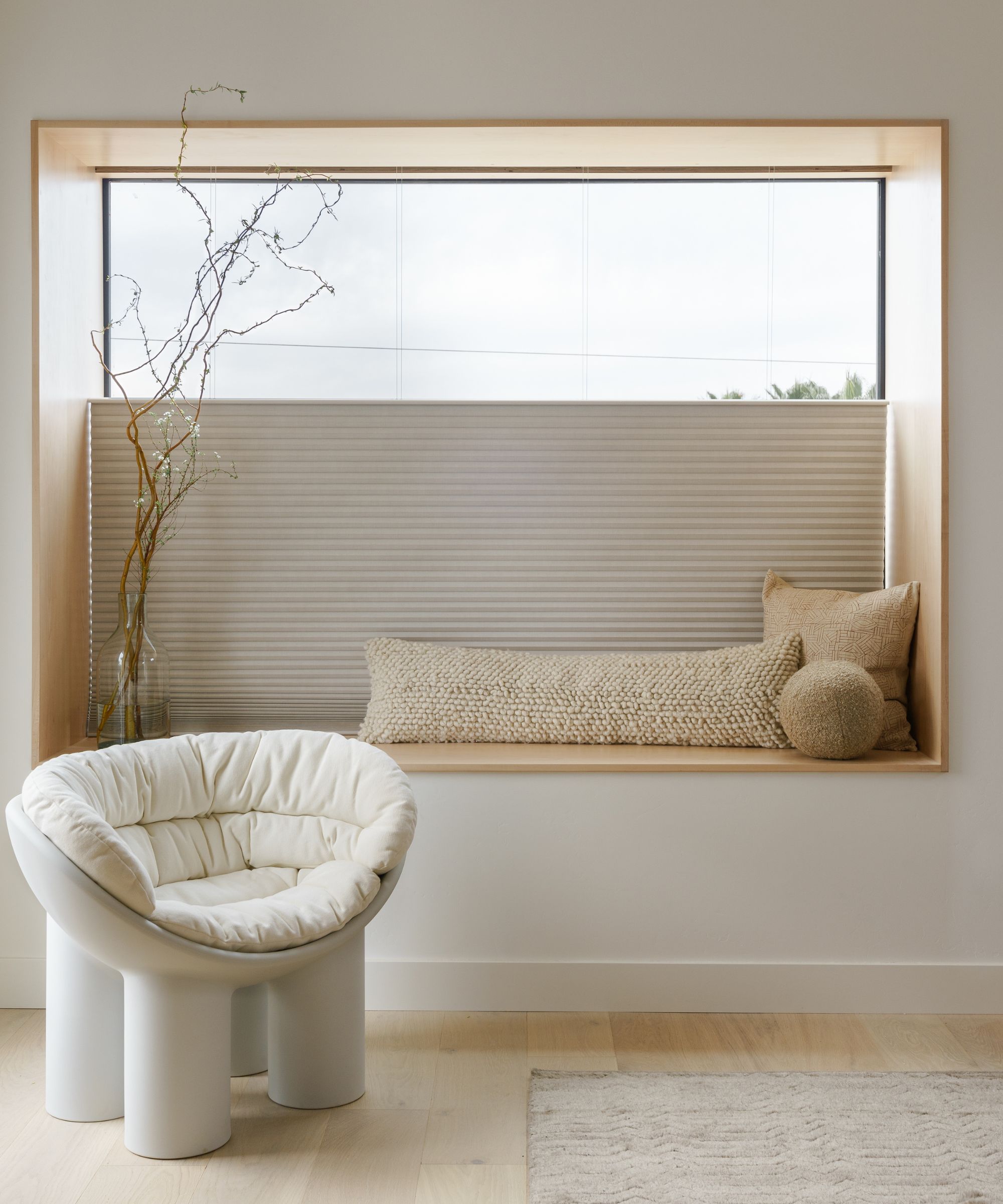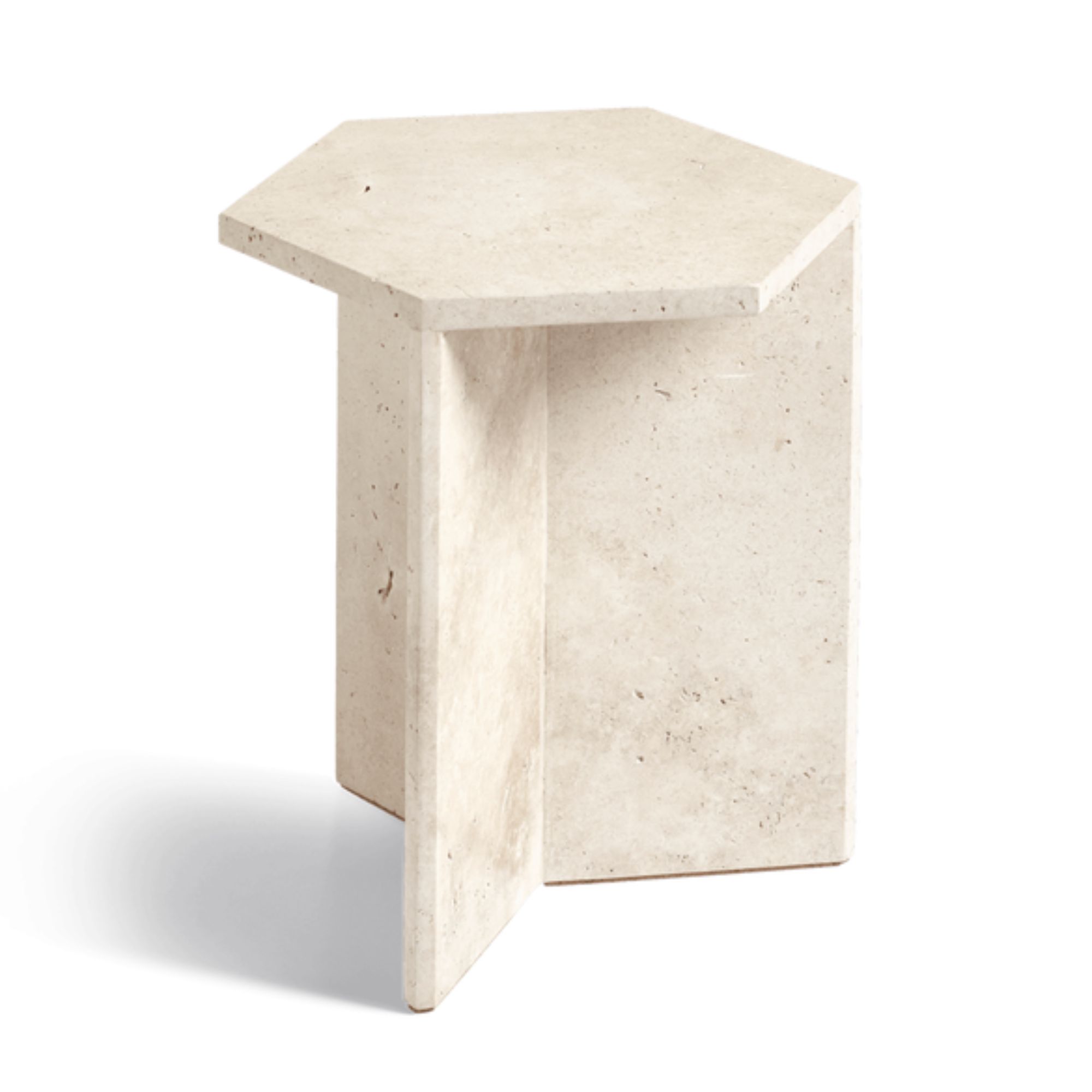Japandi decor ideas – 6 ways to blend two design aesthetics for a cozy and warm ambiance at home
Interior designers share their favorite ways to inject a Japandi feeling in your home with these soothing decor ideas


As a home decor style, Japandi is all about creating a soothing and calm space to relax in, with minimal styling and maximal sophistication.
You might be wondering, so what is Japandi style? Simply put, it is a seamless fusion of Japanese and Scandinavian decor, combining all the best parts like a nature-inspired and totally neutral color palette, the layering of wood tones and nature textures to dial up the cozy feel, and an inviting connection to the outdoors. The result is simple, warm, and undeniably tranquil.
If you're well-versed in the many Japandi design rules and are getting ready to consider some Japandi-style decor ideas, let us (and some expert interior designers) provide a little inspiration
6 Japandi Decor Ideas To Bring Calm To Your Home

This best-of-both-worlds aesthetic has captured many design enthusiasts' hearts. As we all crave a little more rest and respite in our homes, Japandi enters the chat with the perfect solution for those who value understated elegance, functionality, and minimalism.
'In the spirit of Japandi, every item in your home should marry form and function,' explains Catherin Jacob, head of design at Hovia. 'It’s about choosing pieces that serve a purpose and bring joy and a sense of calm. Opt for natural materials like wood and bamboo to add warmth, and keep decorations to a thoughtful minimum,' she suggests.
With a shift towards warm color schemes happening in 2024, Japandi brings that cozy, Scandi (or rather: hygge) balance to the more sleek nature of Japanese design. The ambiance is very natural and beautiful while remaining functional, and always with a connection to nature.
Here, we share our favorite tips for making your home look and feel more Japandi.
1. Look to nature to form your color palette

In Japandi decor, the carefully curated color palette, comprising of soothing neutral colors like calming earth tones, soft gray, browns, a pinch of black, and warm off-white, forms the backdrop for a serene environment. Pairing these hues with natural materials such as wood, bamboo, and stone creates a seamless connection to nature, creating that overall zen-like feeling.
'When decorating with a Japandi aesthetic in mind, it is important to consider the color palette of the items you are using,' advises Luis Carmona of VERDE Interior Design. 'A neutral color palette is synonymous with japandi design allowing for a zen and calming effect to surround the space. Oftentimes, the colors used are found in nature with whites, creams, light-colored woods, gray-blues, and even moss greens being used.'
Helen Shaw, director of marketing at Benjamin Moore, agrees. 'People often opt for Japandi-inspired decor within their home due to its soothing properties. Colors such as sage green, pale pink, or soft grey are fantastic choices for the dining room when looking to evoke this nature-inspired look,' she advises. 'Muted and calming, these shades pair beautifully with natural materials such as rattan, wood, or linen as they will add to the softness and enhance a feeling of calm.'

Helen Shaw is a color expert and Director of Marketing (International) at Benjamin Moore. Helen and her husband Craig were also founders of Shaw Paints, acquired by Benjamin Moore in 2020.
2. Blend wood tones with stone, rattan and woven materials

Achieving a blend of materials is key to Japandi decor, and whenever decorating with neutrals for that matter. Embrace a mix of textures and materials found in nature when selecting your furnishings, decor, and accessories such as warm wood tones, woven materials, natural stone, and the organic feel of rattan – as pictured above in the Japandi bathroom.
'Japandi is truly one of my favorite aesthetic concepts! I love the way that Japanese wabi-sabi elements pair so perfectly with Scandinavian simplicity,' says interior designer Kathy Kuo. 'Both the Japanese and Scandinavian design sensibilities draw heavily from the beauty of nature, so when embracing Japandi vibes in your home, look for decorative objects and furniture featuring reclaimed wood, natural stone, and an earthy color palette.'
'Handmade textiles and fabrics featuring organic textures also fit the Japandi aesthetic well, think shibori patterns, raw silk, chunk knits, and shearling, all combined in unexpected ways,' adds Kathy.

Kathy Kuo is a celebrated interior designer and international guru within the home and lifestyle space. She has 20+ years of experience in the design industry.

'When selecting decor items to use in the space, opt for items that are minimal in design and made with natural materials,' suggests Luis Carmona. 'A sleek wooden photo frame, a glass vase, or a serving tray made of clay can all be used to effectively decorate the space while not disrupting the Japandi look and feel.'
'The materials used to decorate play an integral role in the overall aesthetic of the space. Wood, glass, linen, and stone are all perfect for this type of space while promoting sustainable design.'

Luis Carmona is the owner and lead designer at VERDE Interior Design. With almost two decades of experience in the creative space (interior design, advertising, and marketing), Carmona gets to blend his many passions into one design studio, offering services to commercial and residential clients in both Houston and Dallas.
3. Focus on texture with panelling or plaster-finished walls

Texture plays a pivotal role in Japandi interiors. Introduce texture to your space with details like wall paneling or plaster-finished walls. These subtle yet impactful details add depth and character to the space, creating a tactile feel that oozes comfort.
Lucy Currell, creative director at Studio Iro, suggests bringing in textured wall finishes like Clayworks, Tadelakt or simply opting for matt finish paints. 'Mix different woods for an eclectic natural feel, like a warm cherry or London Plane with a light oak for both walls and furnishings, and use fabrics which are rich in texture with heavy nubs and big weaves,' she suggests. 'Finally, layer different rugs to create a wider surface area and bohemian feel that anchors the space.'
'Fuse the perfectly clean and practical feeling of Scandinavian design with the minimal impression and natural beauty of Japanese aesthetics,' says designer and founder of Arsight, Artem Kropovinsky. 'Highlight natural elements and simplicity with textures that will make your space feel warm and genuine.'

Based in New York, Artem Kropovinsky, founder of Arsight, has a decade of extensive and considerable global design experience. Prioritizing minimalism, sustainability, and authenticity, Artem, alongside his team of professionals, works on projects in the US and worldwide.
4. Go bold with oversized yet minimalist art

Contrary to the belief that minimalism equals little-to-no (or perhaps just small-scale) art, Japandi design welcomes a statement. The key to getting it right, however, is it focus on balance rather than stark contrast. Consider oversized yet minimalist art pieces to make a powerful visual impact.
Japandi style is about mixing things up. By its very nature, it is two aesthetics combined into one so with your artwork try to embrace a little juxtaposition. Consider oversized yet minimalist art pieces that feature simple lines, abstract forms, or a nod to nature to make a powerful visual impact.
Artem Kropovinsky advises sticking to a palette that is upheld by nature to keep the vibe quiet. 'Opt for shades of gray, wooden tones, and warm whites to achieve the balanced, tranquil, and simple essence of the style.'
5. Plants, plants and more plants

The outdoors plays a significant role in Japandi design. From delicate bonsai to lush potted indoor plants, plants are a great way to bring nature indoors and create a sense of peacefulness. They can also brighten a space, help to clean the air, and provide a pop of green in a sea of neutral tones.
'The use of water features, plants, and natural elements like wood help create a bridge between the outdoors and indoors, further emphasizing the hallmarks of Japandi design,' says VERDE's Luisa Carmona. 'This also plays off of the biophilic design aspect of Japandi, which is a focus on bringing the outdoors in.'
'Incorporate plants and greenery to create life and touch of nature within the interior,' adds Artem. 'In both Japanese and Scandinavian design they love a connection to the outdoors. Select for planters the simplest, sculptural forms that will stay in accord with the minimalist style.'
6. Remember, less is always more in Japandi style

Resist the temptation to overdecorate. Embrace simplicity in both your furnishings and decor, allowing each piece to breathe and stand on its own. Japandi style is about curating a space that feels intentionally uncluttered, allowing for a mindful and tranquil living environment.
'When it comes to creating a Japandi aesthetic, one has to have the motto of less is more,' observes Luisa Carmona. 'Japandi is a combination of Scandinavian and Japanese-inspired design, both of which are known for their use of clean lines, minimal furniture design, and a no-fuss policy when it comes to decor.'
The absence of clutter and negative space promotes a tranquil atmosphere that resonates with the essence of both Japanese and Scandinavian design philosophies.
'Less is always more,' says Jennifer Verruto, founder and CEO of Blythe Interiors. 'Embrace simple, modern designs with minimal decor and natural elements has been a rising trend. We are seeing more and more people gravitate towards the elegant simplicity and calming atmosphere of Japandi.'
FAQs
Is Japandi The Same As Wabi-Sabi?
Japandi design style and Wabi-Sabi design share an appreciation for simplicity, nature, and a sense of harmony, yet they differ in their expressions. While Wabi-Sabi which is deeply rooted in traditional Japanese aesthetics, celebrates imperfection, impermanence, and the beauty of patina; Japandi on the other hand combines Scandi design principles to emphasize a more modern and streamlined aesthetic.
In pursuit of Japandi perfection, it's important to understand that this is more of a lifestyle choice than one of pure aesthetics. In order to truly embrace a Japandi feeling in your home, you're going to need to embrace a less-is-more mentality, focusing on storage, organization, and decluttering your space to nail that minimalist, calm look.
Beloved by homeowners and interior designers alike, this is a home decor style that will never date – we can't ever see a soothing and serene home design going out of style. If you love the Japandi style and are looking to make some changes in your home, look to introduce some of these tips for a surefire way to create a more welcoming home.
Sign up to the Homes & Gardens newsletter
Design expertise in your inbox – from inspiring decorating ideas and beautiful celebrity homes to practical gardening advice and shopping round-ups.

Charlotte is the style and trends editor at Homes and Gardens and has been with the team since Christmas 2023. Following a 5 year career in Fashion, she has worked at many women's glossy magazines including Grazia, Stylist, and Hello!, and as Interiors Editor for British heritage department store Liberty. Her role at H&G fuses her love of style with her passion for interior design, and she is currently undergoing her second home renovation - you can follow her journey over on @olbyhome
-
 5 things professional cleaners always do to overcome a cleaning roadblock – they're surefire ways to feel 'motivated and clear-headed' experts say
5 things professional cleaners always do to overcome a cleaning roadblock – they're surefire ways to feel 'motivated and clear-headed' experts sayGet your cleaning schedule back on track
By Ottilie Blackhall
-
 Martha Stewart used this vintage-style pan to make cute bunny cakes for Easter – it's a real heirloom piece (and only $40 now)
Martha Stewart used this vintage-style pan to make cute bunny cakes for Easter – it's a real heirloom piece (and only $40 now)It's not Easter without bunny-themed baked goods, and Martha set a precedent with a novel cake pan – it's American-made and has exceptional durability
By Megan Slack





